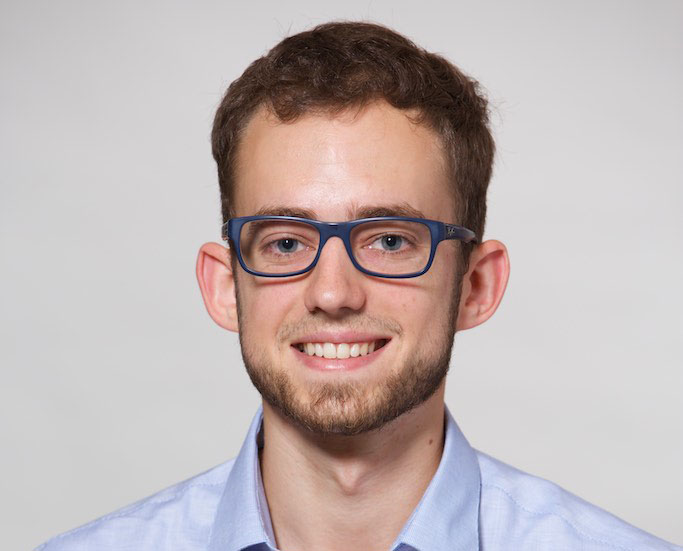 The microbiology department held a three day writing seminar for UAB students and postdoctoral employees in May 2019. The purpose of which was to teach graduate students and post‐docs how to effectively communicate science to a lay audience. The department invited Dr. Nicki LeBrasseur, the senior director of scientific communications at DNA Communications to instruct the on and off campus portions of the course. The students were tasked with writing a press release on an assigned paper and were given feedback. Dominik Herrmann (Saad lab) participated in the workshop and his article featuring Dr. Thompson's research is below.
The microbiology department held a three day writing seminar for UAB students and postdoctoral employees in May 2019. The purpose of which was to teach graduate students and post‐docs how to effectively communicate science to a lay audience. The department invited Dr. Nicki LeBrasseur, the senior director of scientific communications at DNA Communications to instruct the on and off campus portions of the course. The students were tasked with writing a press release on an assigned paper and were given feedback. Dominik Herrmann (Saad lab) participated in the workshop and his article featuring Dr. Thompson's research is below.
Taking back control; How outwitting BK-polyomavirus replication strategy could help kidney transplant patients
More than 90% of the world’s population is infected with BK polyomavirus, which is normally harmless because it is kept under control by a healthy immune system. Transplant recipients whose immune system has been shut off cannot defend themselves against BK-polyomavirus, which causes 10% of kidney transplant rejections. Researchers at UAB identified two ways to fight the virus on a molecular level. Both approaches inhibit viral replication, but one of them causes DNA damage, while the other does not. This crucial information may one day help in developing a treatment for these transplant recipients that allows them to keep their kidney graft without putting them at risk for cancer later in life.
“It is important to understand how to control the virus in immunosuppressed transplant patients without stopping immunosuppressive therapy,” said Dr. Sunnie Thompson. “Ultimately, the best solution is likely to be antiviral drug treatment, because nobody is going to get a vaccine for a virus that only causes symptoms in immunosuppressed patients.”
When cells divide, they have several quality control checkpoints that ensure that the new cell is healthy, and the genome is copied accurately. One such checkpoint is the DNA damage response, which stalls cell division in the presence of DNA damage. BK polyomavirus activates the DNA damage response during infection and researchers at UAB set out to investigate why. Their experiments showed that the DNA damage response was not activated to address DNA damage, but to prolong the window during which the virus could replicate.
Dr. Thompson’s graduate student, Joshua Justice, found that the virus activates the two cellular proteins ATR and ATM, which are responsible for sensing DNA-damage. This results in a DNA damage response that stops the cell from entering the next phase of cell division, even in the absence of DNA damage. This is advantageous for the virus since it depends on host cell machinery for replication and it stops cell division at a point when the replication machinery is active. Blocking either ATM or ATR proteins with drugs prevented activation of the DNA damage response and cells progressed to the next step in the cell cycle, which halted viral replication by shortening the window of opportunity for the virus to replicate. However, consequences for the cell depended on which protein was targeted. Inhibiting ATR caused massive DNA damage to the kidney cells, because the cells started to divide while the cellular DNA was replicating causing the genome to be ripped apart. Since DNA damage is associated with cancer, this could potentially lead to cancer. However, when ATM was inhibited, cells divided in a normal manner completing DNA replication before cell division and as a result there was no DNA damage. Understanding these differences is essential for finding the best way to limit BK polyomavirus replication in transplant recipients without putting them at risk for developing cancer.